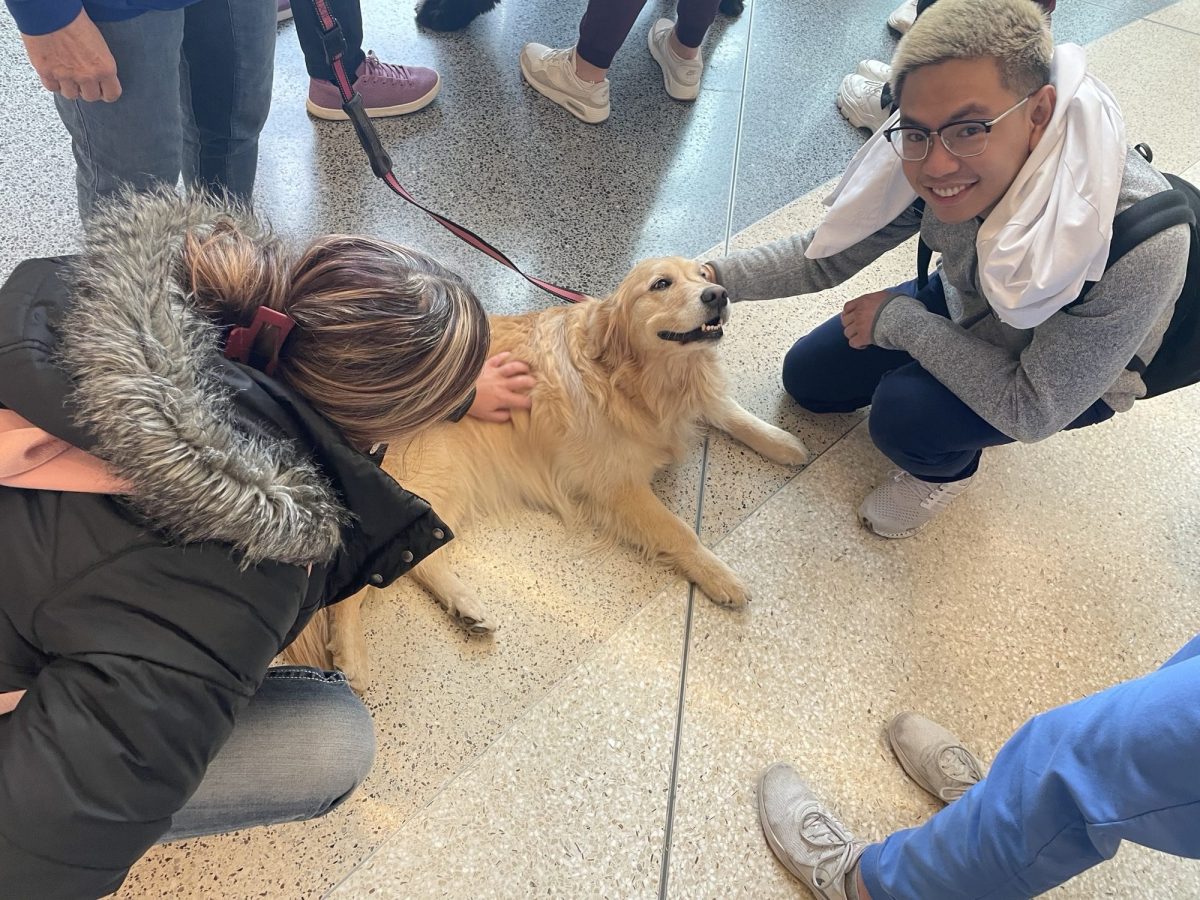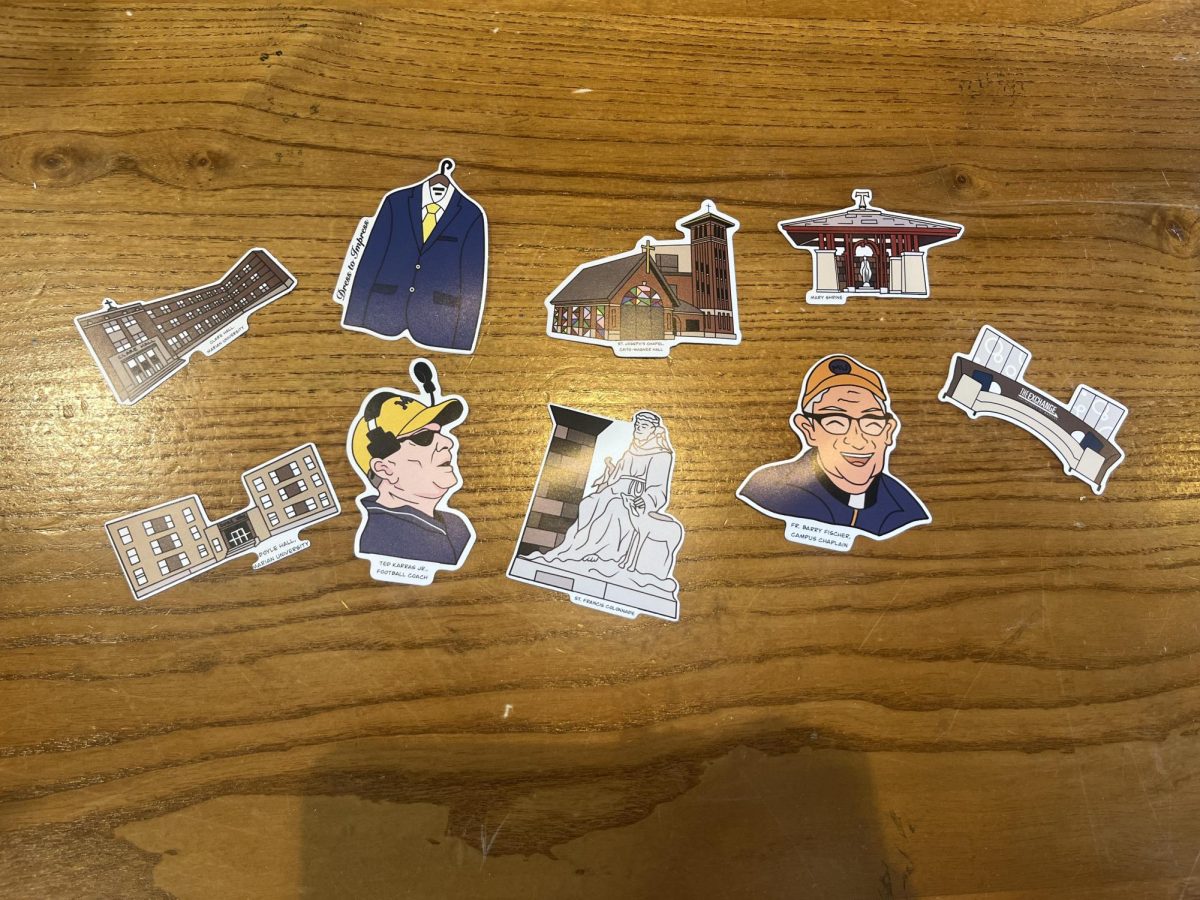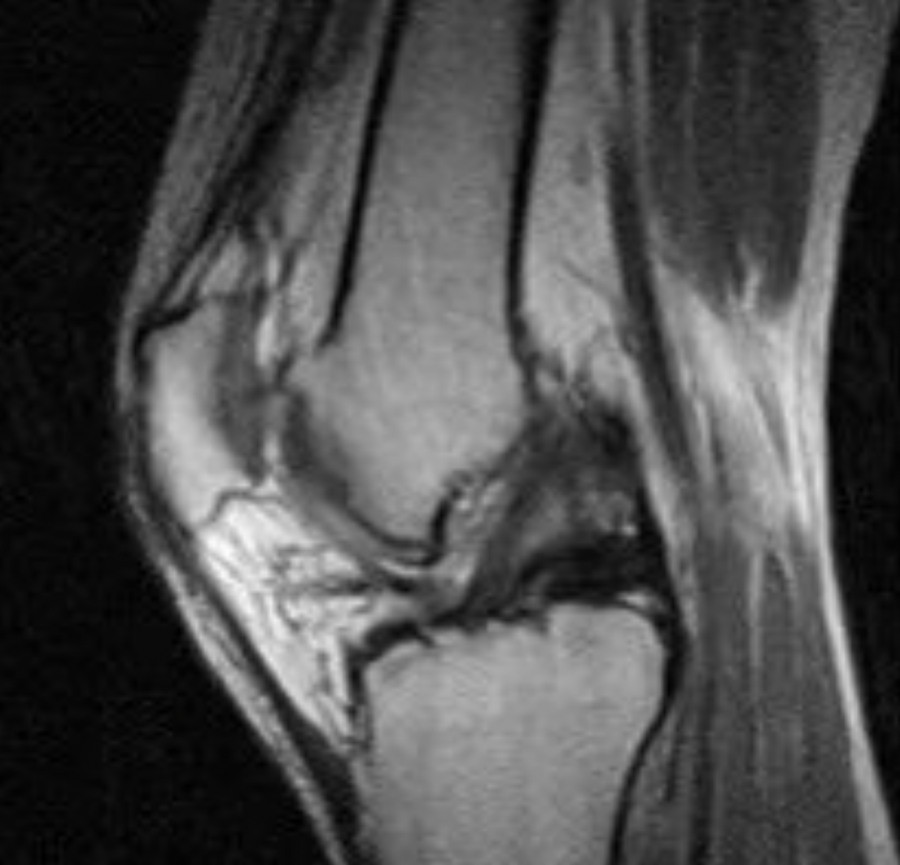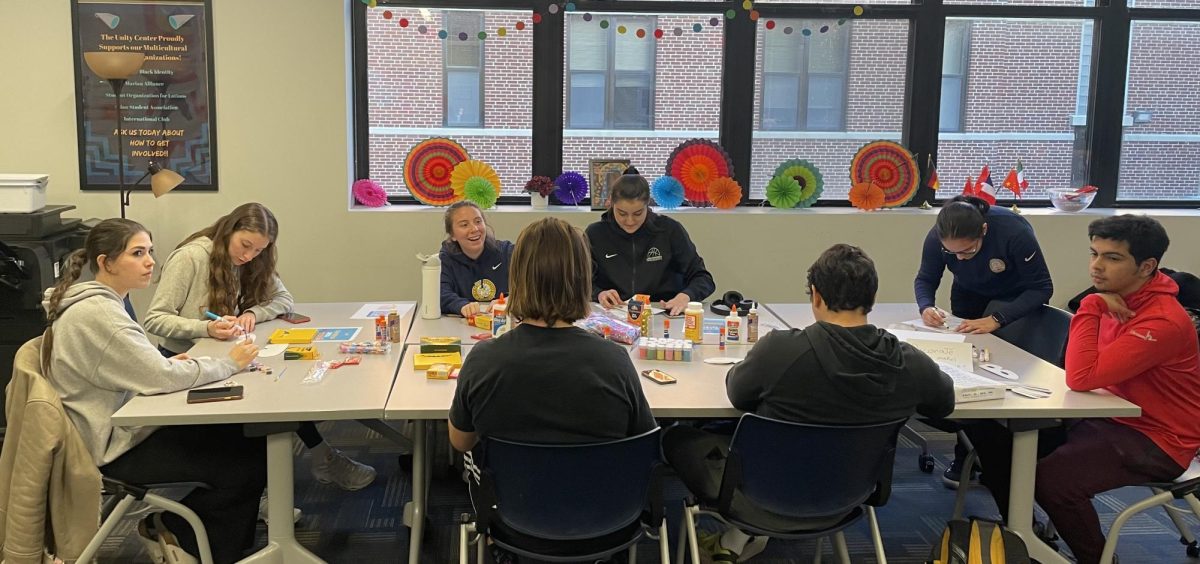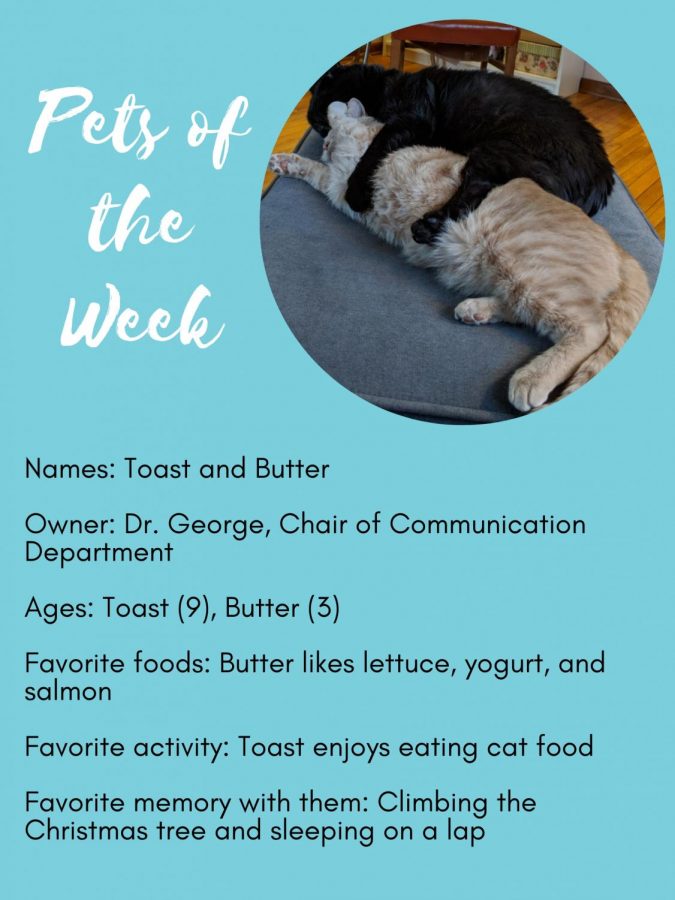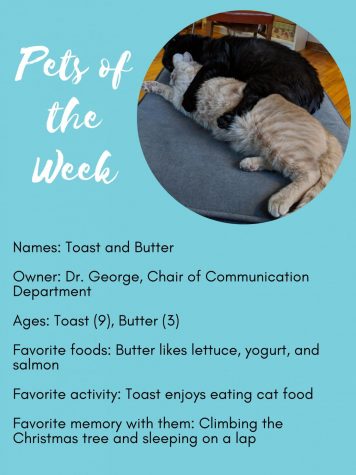Real Life Vampires and Werewolves
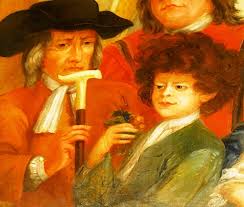
October 18, 2018
It’s October, which means it’s nearly Halloween… and I’m about to spook your socks off with some cases of real-life vampires and werewolves. Sure, vampires, werewolves, ghosts, and other paranormal creatures have been documented to death (pun not intended) through film and literature, but it has always been with the context that these are not real creatures. The fact is, though: these creatures do exist – or have in the past.
In New Orleans, Louisiana, it’s not uncommon to come across a vampire. In the technical sense of the word, vampires are “a preternatural being, commonly believed to be a reanimated corpse, that is said to suck the blood of sleeping persons at night,” according to dictionary.com. But like, “commonly believed.” As in, “doesn’t have to be”. While I was visiting New Orleans this past summer, my tour guide explained that these New Orleans vampire roam the streets at night doing pretty human things, such as eating, drinking, partying… oh, and drinking people’s blood. Usually with permission, but there have be documented cases of vampires leading their victims into their homes, murdering that person and then drinking them dry. (Come for the sex, leave with the… okay, you won’t leave). However, the typical vampire lives as just another New Orleans native; they have a job, hang out with friends, pay the bills, etc., they just got another drink they like.
So vampires we can write off as normal humans trying to embrace the macabre a little too much, but how can you ignore a human who turns into a wolf? According to history.com, in 1725, Peter the Wild Boy found himself the pet of King George I and II, as he was found wandering around on all fours through a forest in Germany. While Peter looked a human, other werewolves in the past do not. Through a chain of circumstances, if a person is diagnosed with lycanthropy (believing you’re a wolf), Pitt-Hopkins syndrome (such as the case of Peter, i.e.: intellectual disability, developmental delay, breathing problems, and regular seizures), rabies, hallucinations, or even food poisoning, along with hypertrichosis (a genetic disorder that causes excessive hair growth), you could be a full-fledged werewolf. This shift could be permanent, as the case of Pitt-Hopkins or lycanthropy, or it could be a brief change (perhaps on a full moon?) due to the rabies, hallucinations (which can be triggered by hallucinogenic drugs), or food poisoning. The excessive hair growth I think is crucial, though: you can act like a wolf all you want, but unless you’re hairy, I’m not going to be convinced.
So now that I’ve explained how vampires and werewolves are actually real, you could DIY yourself as one of these creatures for Halloween. Heck, stay in character all year, or even the rest of your life. Every day is spooky season when you’re a vampire.

